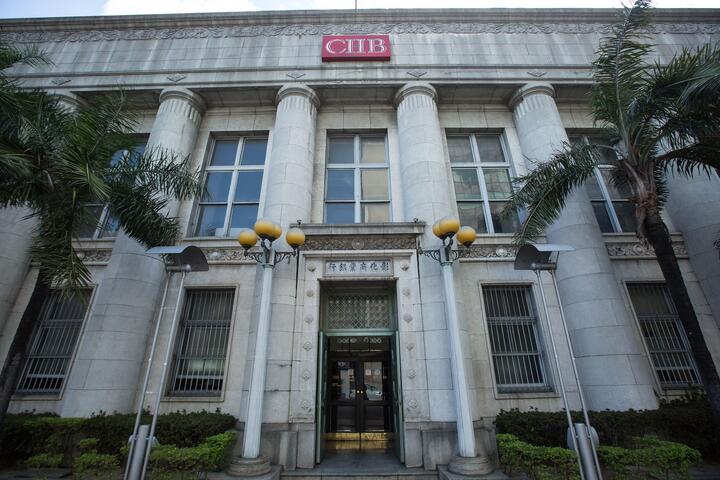Changhua Bank Main Branch and History Museum Introduction
The Taichung Branch of Changhua Bank, located at the intersection of Taiwan Boulevard and Liberty Road, was built during the Japanese colonial period and features an architectural style reminiscent of ancient Greek and Roman colonnades. Its grand exterior and exquisite craftsmanship make it a renowned landmark in Taichung. Designated as a city historical site, it is also one of the earliest banks established in Taiwan through private funding, holding significant cultural and historical value for preservation and research. It remains in use as the operational branch of Changhua Bank, and the second floor houses a history museum that preserves historical materials from that era, available for visits by appointment. During the Qing Dynasty, the phenomenon of dual landownership was severe. The Governor-General’s Office implemented a large public bond to address rental rights issues, but poor compensation conditions led to public disfavor, prompting widespread selling to seek cash. To maintain the credibility of the bonds, officials were dispatched for purchases, and local figures were encouraged to use the bonds for capital to operate businesses. Against this backdrop, in 1905, Wu Ruxiang from Changhua gathered local gentry from central Taiwan to raise a capital of 220,000 yen for rent compensation and founded the "Stock Company Changhua Bank". Lukang's Gu Xianrong was appointed as an inspector. Due to environmental needs, the bank relocated to Taichung City, becoming one of the few large commercial banks in Taiwan with its head office situated in central Taiwan. The new head office was constructed in 1936, which is today’s Taichung Changhua Bank headquarters, designed by Hakubō Kōfu and Kitayama Kizaburō in a Western-style classic architecture. Its elegant decorative carvings, rounded concrete pillars, and solid iron doors, along with the high interior space design, reflect the aesthetic of banking architecture at that time. After Taiwan’s restoration, the Kuomintang government took over shares held by Japanese shareholders, and in 1947, Lin Hsien-tang was elected as chairman, restructuring it as "Changhua Commercial Bank," which privatized in 1998 as a joint-stock bank. In the garden near Liberty Road, a statue commemorating Lin Hsien-tang stands, making it well worth a visit.











































